Rexcavators Knowledge
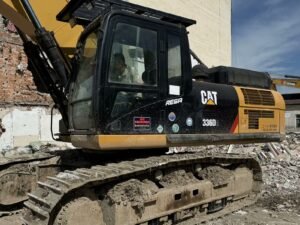
How to Ensure the Safe and Timely Arrival of Imported Excavators? — Logistics Solutions Guide
I. Introduction A. Importance of Imported Excavators Imported excavators play a crucial role in modern engineering projects. They not only enhance construction efficiency but also
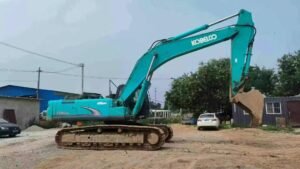
How to Ensure the Safe and Timely Arrival of Imported Excavators? — Logistics Transport Guide and Solutions
I. Introduction A. Importance of Imported Excavators In modern construction projects and large-scale engineering, imported excavators are indispensable equipment. They not only enhance construction efficiency
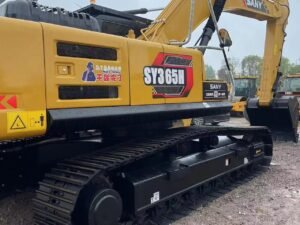
How to Choose the Right Excavator Model and Specifications Based on Project Requirements
I. Introduction A. Importance of Excavators Excavators play a critical role in modern engineering projects, with their multifunctionality allowing them to perform a variety of
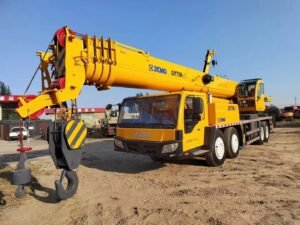
Second-Hand Excavator Inspection Guide: How to Thoroughly Assess Equipment Condition to Ensure Quality?
I. Introduction A. Current Market Status of Second-Hand Excavators In the context of ongoing global economic development, the market for second-hand excavators is experiencing rapid
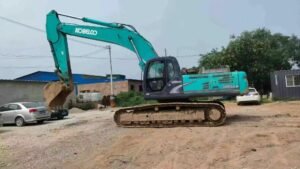
How to Choose the Right Second-Hand Excavator? — Model and Specification Matching Guide
I. Introduction A. Current Market Status of Second-Hand Excavators In the current economic environment, second-hand excavators have gained popularity among businesses due to their lower
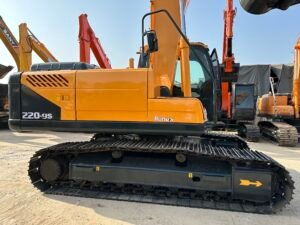
How to Calculate Import Tariffs and Taxes for Excavators? — Frequently Asked Questions
I. Introduction A. Importance of Importing Excavators Excavators play a crucial role in the construction and engineering industries, widely used in earthworks, infrastructure development, and
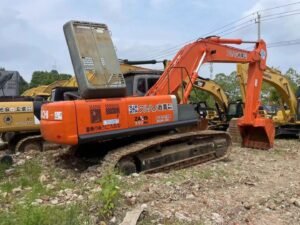
How to Effectively Maintain and Care for Second-Hand Excavators
I. Introduction A. Importance of Second-Hand Excavators Second-hand excavators play a significant role in many construction projects, especially when budgets are constrained. Compared to new
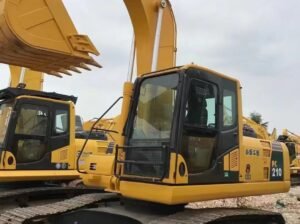
How to Insure Excavators During Transportation and Storage Against Accidental Loss or Damage
I. Introduction A. Risks of Excavators During Transportation and Storage Excavators, as heavy machinery, face various risks during transportation and storage. These risks include physical
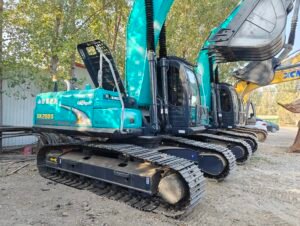
How to Determine the Demand and Budget for Excavators: A Comprehensive Consideration of Model, Specifications, Quantity, and Budget Range
I. Introduction A. Understanding the Importance of Excavators in Engineering Projects Excavators are indispensable equipment in modern engineering projects, widely used in construction, civil engineering,
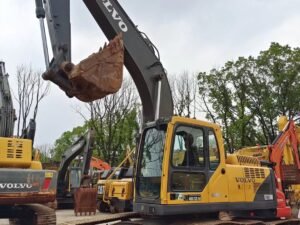
Exporting Used Excavators: How to Navigate Different Countries’ Policies and Regulations
I. Introduction A. Background of Used Excavator Exports In recent years, the rapid development of global infrastructure has driven the growth of the used excavator
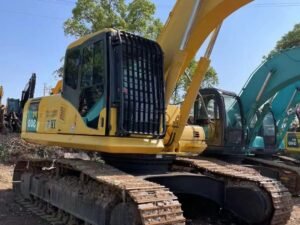
How to Choose Used Excavators Suitable for the African Market
I. Introduction A. Demand for Construction Equipment in the African Market The infrastructure development in Africa is rapidly advancing, with both government and private sectors
Why Many African Customers Prefer Buying Used Construction Equipment
I. Introduction A. Overview of the African Construction Equipment Market The African construction equipment market is experiencing rapid growth, driven by the acceleration of infrastructure
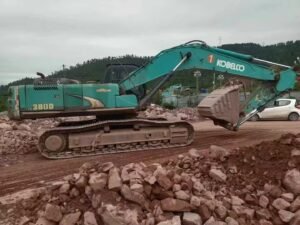
How to Ensure Long-Term Use of Used Excavators: Maintenance and Care Guide
I. Introduction A. Background of the Used Excavator Market B. Importance of Maintenance and Care II. Key Steps for Regular Maintenance A. Daily Checks B.
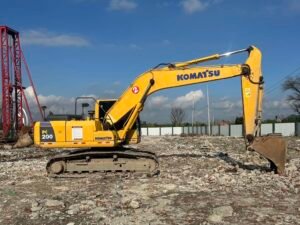
Is the Import Process for Used Excavators Complex? How to Simplify the Entire Process?
I. Introduction A. Background of Importing Used Excavators B. Importance of Understanding the Import Process II. Overview of the Import Process for Used Excavators A.

What Key Parameters Should Be Considered When Purchasing Used Equipment?
I. Introduction A. Background of the Used Equipment Market B. Importance of Focusing on Key Parameters II. Key Parameter Analysis A. Equipment Condition B. Usage
